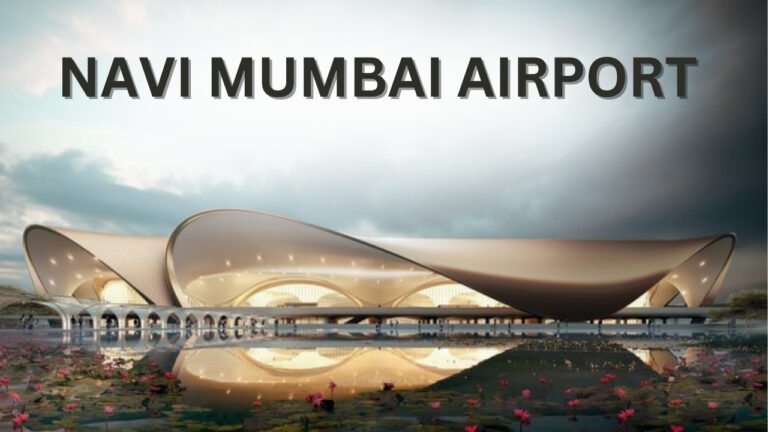Most of Pakistan’s underground water is contaminated. The shocking revelation came from the government when it disclosed in the National Assembly that an overwhelming majority of the cities, including the mega cities, in Pakistan do not have safe drinking water for citizens. Out of the 29 cities where underground water was tested by the Pakistan Council of Research of Water Resources (PCRWR), there are 20 cities where more than 50 percent water obtained from various sources was found to be unsafe.
The PCRWR has declared 100pc underground water in three cities — Mirpurkhas and Shaheed Benazirabad (Nawabshah) in Sindh and Gilgit — as unsafe for drinking. The data surprisingly shows that the underground water obtained from nine sources each in Sialkot and Gujrat is 100 percent safe for drinking purpose.
The other cities having more than 50 percent of its underground water contaminated, according to the PSCRWR, are Multan (94 percent); Karachi (93 percent); Badin (92 percent); Sargodha (83 percent); Hyderabad (80 percent); Bahawalpur (76 percent); Muzaffarabad (70 percent); Sukkur (67 percent); Faisalabad (59 percent); Peshawar (58 percent); Tando Allah Yar (57 percent); Sheikhupura, Abbottabad and Khuzdar (55 percent); Loralai (54 percent); Quetta (53 percent) and Gujranwala (50 percent).
The underground water was found to be contaminated with arsenic, iron, fluoride and bacteria. The minister said the water quality monitoring (2020-21) of other 29 cities of the country had revealed the prevalence of bacteriological contamination (39 percent), followed by arsenic (8 percent), nitrate (4 percent) and fluoride (4 percent) etc.
More from TNF: Pakistan adopts new strategy against drug smuggling
Overall, he said, 38 percent of the monitored water sources were found safe for drinking in 29 main cities. Thus, it comes up that most of Pakistan’s underground water is contaminated.








